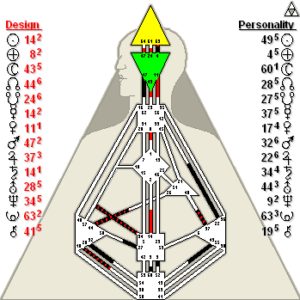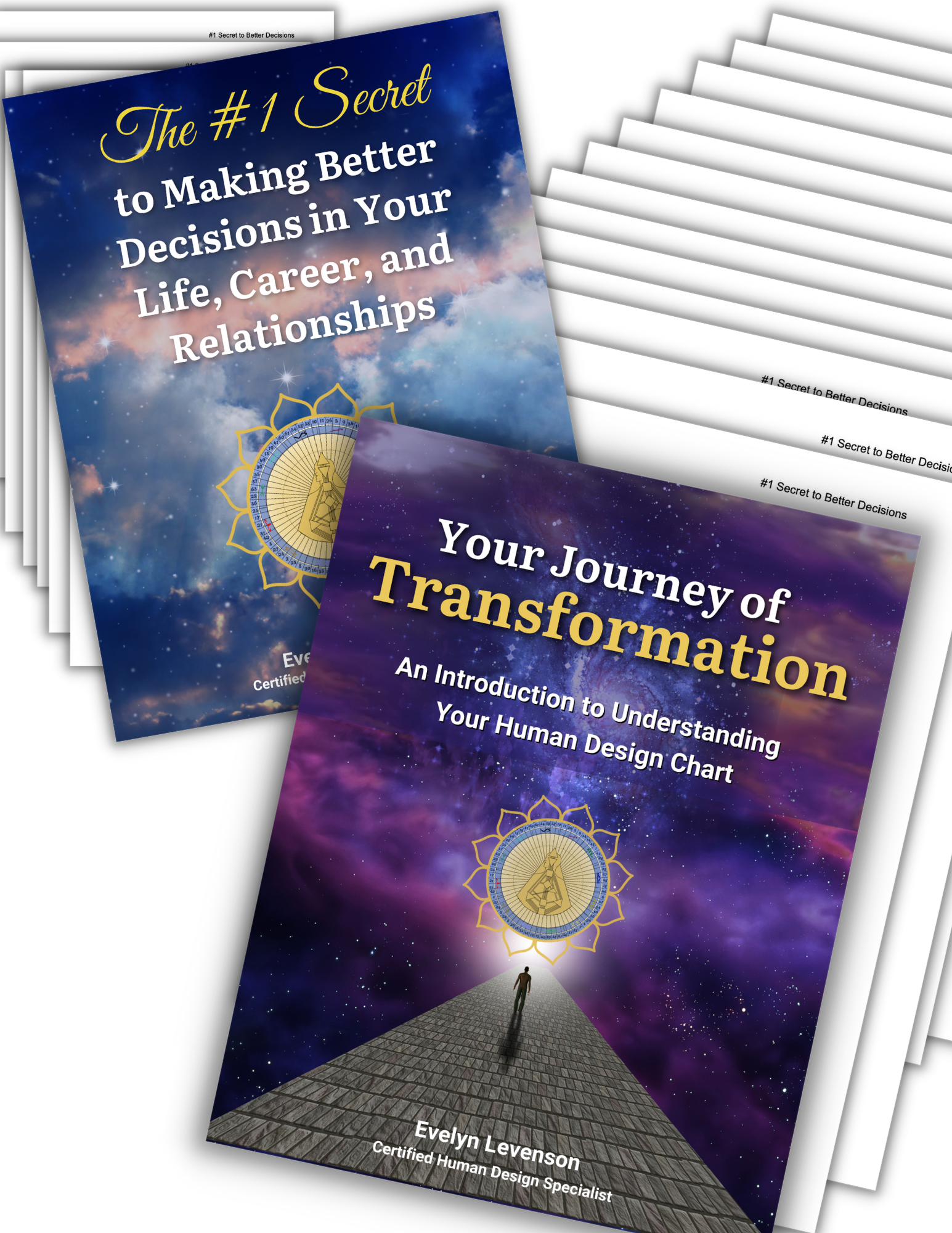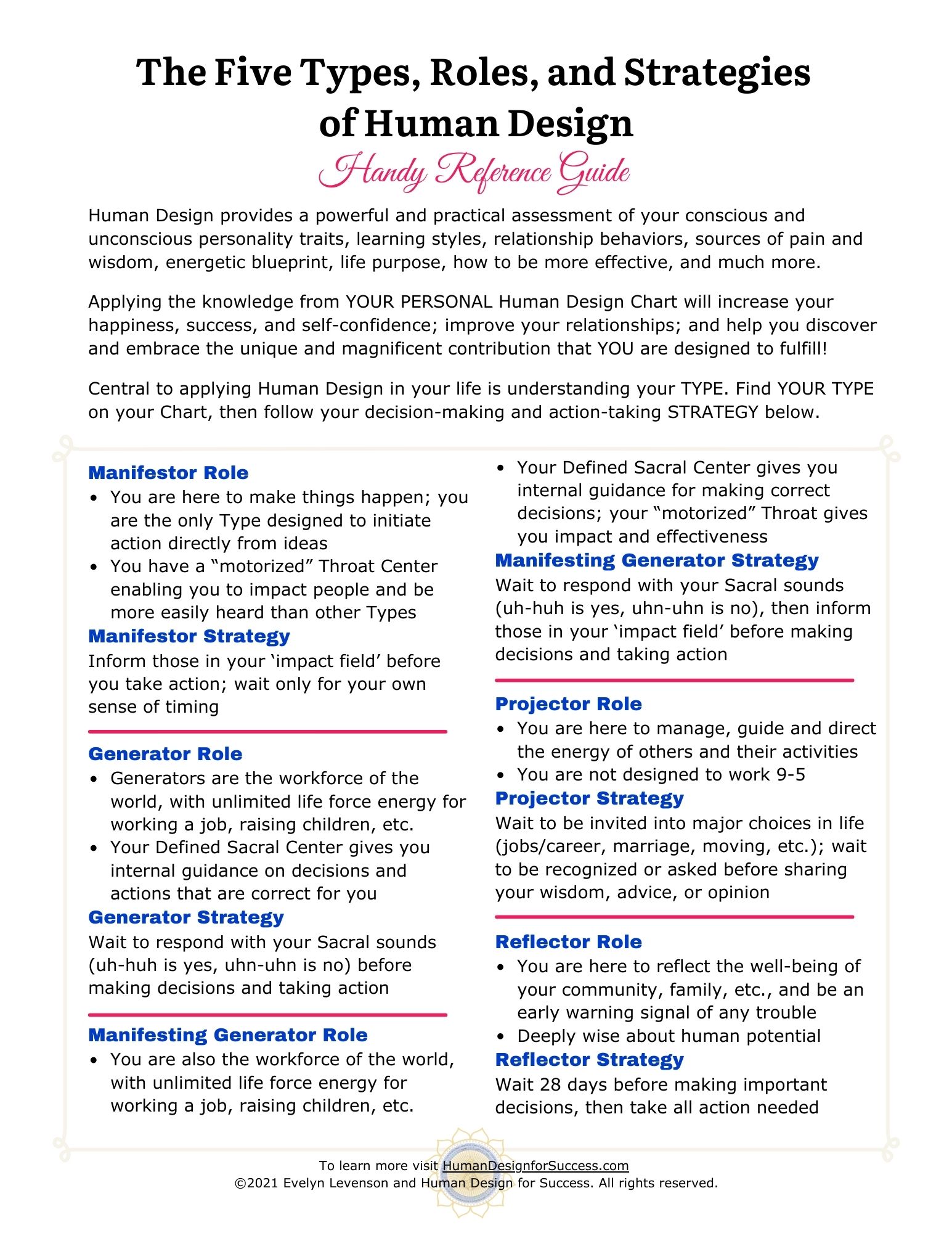Here is a brief look at a celebrity’s Human Design chart using just a few of many aspects and layers of a chart. Our purpose here is to give you just a partial glimpse, through Human Design, into this person’s energy dynamics.
Abraham Lincoln – Our Nation’s Moral Compass
Birth: February 12, 1809 at 6:54 am in Hodgenville, Kentucky
Death: April 15, 1865 in Washington, DC (assassinated)
Background
Abraham Lincoln was born in a log cabin in Kentucky to a poor family who moved to southern Indiana in 1816. His mother died in 1818, when Abe was 9, from drinking tainted milk.
The family moved to Illinois in 1830, after which at age 22 Abe went out on his own. He was mostly self-educated, an avid reader, and very intelligent. He became a country lawyer, then an Illinois state legislator in the 1830s, and was elected to one-term in the U.S. House of Representatives in the 1840s.
After two relationships that did not result in marriage, he married Mary Todd in 1842 after their on-again, off-again courtship of several years. Together they had four children, all boys—only one of whom lived to adulthood.
Abe became known publicly for his opposition to slavery in the late 1850s and was elected President with sweeping support from the northern states in 1860. He was our 16th U.S. President and was re-elected to a second term in 1864, just one year before his assassination.
He came to power during an extremely turbulent time in U.S. history, and was our steadfast moral compass as he successfully navigated our country through the bloody American Civil War and the highly controversial abolition of slavery.
In two very bold moves he issued the Emancipation Proclamation in 1863 and pushed through Congress the Thirteenth Amendment to the U.S. Constitution in December 1865 that freed all slaves.
It took his rare combination of intellectual and moral leadership, political and military skill, and human compassion to accomplish all of those milestones, reunite our divided country, and begin to modernize our economy.
He was shot by John Wilkes Booth on April 14, 1865 while he and his wife watched a play at Ford Theatre in Washington, DC. He died the next day.
His Chart
The first most obvious thing about Abe’s Human Design chart is that 7 of his 9 energy centers are Open (white), all from the Throat down. His only two Defined Centers are the Head and Ajna (the top two centers). By design he was all intellect, and no action! His remarkable achievements were accomplished largely through the actions of others.
His Type is Projector, which means he was here to manage, guide and direct the energies of others. He certainly did that, holding the highest office in this country!
It seems he had an early instinct to manage his no-motors energy configuration based on this account of his behavior. “As a pre-teen, he did not like the hard labor associated with frontier life. Some in his family, and in the neighborhood, for a time considered him to be lazy.” [from Wikipedia]
After that he gained axe skills building rail fences and was even a successful wrestler for a time. But if the film “Lincoln” was accurate in portraying his behavior (and I suspect that it was), in his maturity he was low-key and conservative in his expenditure of energy—very correct for a no-motors Projector.
It is his Incarnation Cross, the Left Angle Cross of Revolution, which gives us our deepest insight into this remarkable man. Those born under this Cross are here to provide revolutionary answers and promote principled action to bring powerful change to the world. Indeed, he did.
The Cross of Revolution is the energy for inspired action to implement new ideas based on correct principles, and stabilize the post-revolution adaptation. It is the energy for war and peace. It is the energy for sweeping and dramatic change that is entered into deliberately and correctly—not rashly.
He absolutely lived the full expression of his Cross. And despite his very open design, he was steadfast and certain (Defined Ajna) in holding to the principles he knew to be right, despite the naysayers and political posturing around him.
We could not have had a more perfectly designed leader to drive and guide us through that crucial transition to the abolishment of slavery, which paved the way for Blacks and, eventually, women to get the vote and which moved us powerfully toward a more fair evolution of our democracy.
The rest of his chart provides further support for and explanation of his character and his actions. Here are just a few examples.
He was able to marshal resources (Gate 14) and promote (Gate 8) revolutionary (Gate 49) answers (Gate 4) in pursuit of bringing unusual and insightful (Gate 43) change (Gate 60) to our country and the world.
He used logical thinking (Channel 63-4, Gates 17 and 9), holistic thinking (Gates 47 and 11), and profound knowingness (Gates 24, 43, 8, 14, 60, 28 and 22), integrating into a remarkably balanced perspective.
He believed deeply in democracy and the law, though he was quite willing to bend rules when the ends justified the means (Gate 24).
He struggled (Gate 28) to finding meaning and bring forth lessons from the past (Gate 44) so we wouldn’t repeat or perpetuate them.
He felt responsible (Gate 27) to ensure that all people were cared for and he took the responsibilities of his position very seriously.
His 7 Open Centers meant he took people in at a deep level. He felt their emotions and their pain. He sensed their soul, their egos, and their power. And he had the energy and stamina to push when he needed to (Open Sacral), but he needed to rest and recover from those big efforts.
The horrific war, the battle over slavery, and the moral, intellectual and physical demands of being president during this time took its toll on him: he aged significantly during his years as President. It is sad, though, that we didn’t have the benefit of his leadership for the remaining 3 years of his second term in office.
Finally, his 5/2 Profile was perfectly suited for both leadership (the 5 is a universalizing energy) and quiet, solitary reflection (the 2), both of which he was famous for.
Much more could be said from his chart, but this feels like a good place to stop. I highly recommend Steven Spielberg’s (click the link to find out more about his Human Design chart in one of my previous posts) film “Lincoln” for a personal and moving account of the most trying few weeks of Abe’s presidency. Daniel Day-Lewis is brilliant in the title role.




Beautifully Done! Thank you!
I have the same defined and open centers, so it’s helpful to see how other people navigate them. Thanks so much!
Thanks, MK! I really appreciate hearing that this information is helpful. 🙂
I like all that you shared. Very insightful. And I say this as a Projector that your knowledge of Lincoln inspires all of us.
Loved this about Abe. I am Canadian but Abe was a favourite & I am a projector. Thank you Evelyn. 🙂